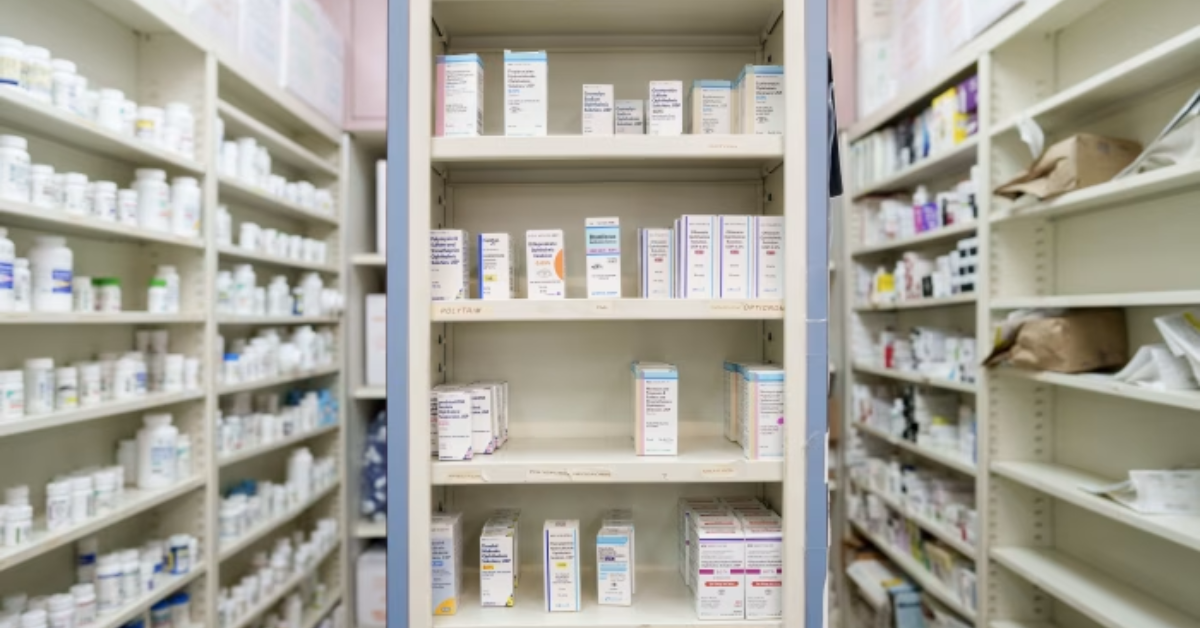Medicare Part D, the federal program that helps cover prescription drug costs for seniors and eligible individuals, is facing major changes. In 2026, millions of beneficiaries in the United States could see their drug plan premiums increase significantly. This surge is largely due to a planned reduction in federal subsidies that helped keep costs down until now.
For many, especially younger adults starting to plan for the future, understanding these changes is important. Rising premiums can impact not just seniors but also the overall healthcare budget. Let’s take a closer look at why prices are expected to spike and what this means for Medicare Part D enrollees.
Why Are Medicare Part D Premiums Increasing?
The main reason for the projected hike in Medicare Part D premiums in 2026 is a reduction in federal government subsidies to drug plan providers. These subsidies, also known as direct and reinsurance subsidies, have helped plans lower costs for beneficiaries by covering a portion of expensive drug claims.
According to the Centers for Medicare and Medicaid Services (CMS), changes under current laws will reduce the amount of money paid to plans. This means drug plan companies will have to recover lost revenue by charging higher premiums to enrollees. The CMS Part D Fact Sheet explains these subsidy adjustments clearly.
Impact on Beneficiaries’ Out-of-Pocket Costs
Higher premiums are only part of the story. Beneficiaries may also face increased out-of-pocket costs if plans adjust their coverage rules to control expenses. Many seniors rely heavily on Medicare Part D to manage medication costs, so rising premiums and potential changes in coverage can seriously affect their healthcare budgets.
Research from the Kaiser Family Foundation highlights that, while the exact increase depends on the plan, average premiums could rise by 15% to 20% or more in 2026. This is a significant jump for seniors, especially those on fixed incomes. Younger people should pay attention now, as these changes might affect the overall cost structures of Medicare programs in the future.
What Can Beneficiaries Do to Prepare?
Beneficiaries should begin reviewing their Medicare Part D plans annually, especially during the Open Enrollment Period. Comparing plans based on premiums, drug formularies, and coverage rules helps ensure they select the best option for their needs and budgets. Tools available on the official Medicare website can assist with this comparison.
Younger adults interested in understanding healthcare costs can also use this opportunity to learn about Medicare and plan ahead for the future. Healthcare expenses grow over time, so knowing how government policies influence costs is helpful for long-term financial planning. The Medicare.gov guide is an excellent resource to understand plan features and changes.
The Bigger Picture: Why Federal Subsidies Matter
Federal subsidies are a key reason Medicare Part D premiums have stayed relatively affordable since the program’s start in 2006. These subsidies act as a financial safety net for both plans and beneficiaries. When these payments decrease, the direct result is higher prices for enrollees.
Lawmakers and health policy experts continue to debate the best ways to balance costs, access, and quality in Medicare Part D. While some advocate for restoring or increasing subsidies, others emphasize reducing drug prices and improving plan efficiency. For now, the subsidy reduction scheduled for 2026 appears poised to increase costs, making it crucial for beneficiaries to stay informed and proactive.
Conclusion
The projected rise in Medicare Part D premiums in 2026 due to reduced federal subsidies is a major concern for millions of Americans. As these costs affect both seniors and the future of the Medicare program, understanding the reasons behind these changes can help individuals plan better. Keeping up to date with official sources and reviewing Medicare options each year will be key to managing these spikes in drug plan premiums.







